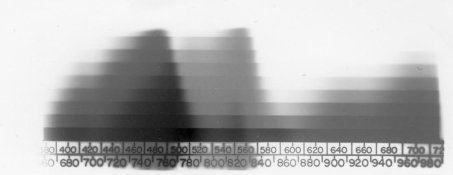Photo Engineer
Subscriber
No boiling water, but one person here dropped his film cannister into the kitty litter in the dark after he had opened it. Now, as I remember it, that was fun in the dark. Sifting kitty litter for the metal can. 
PE

PE











